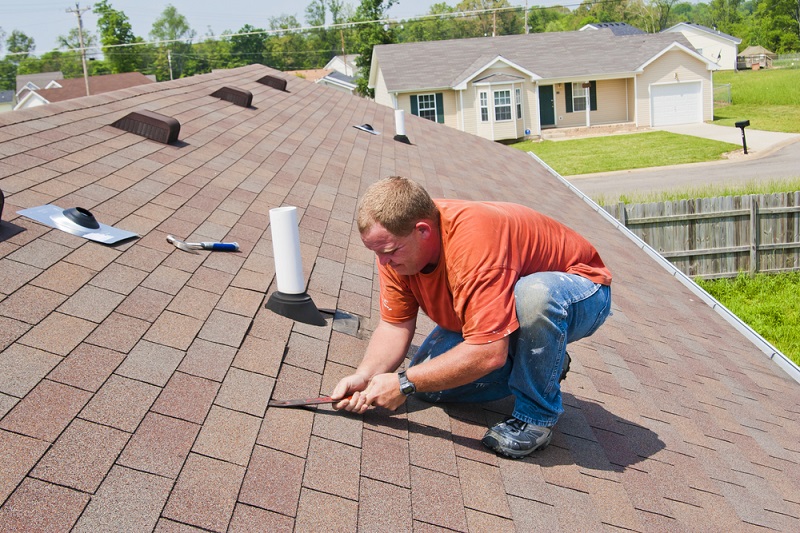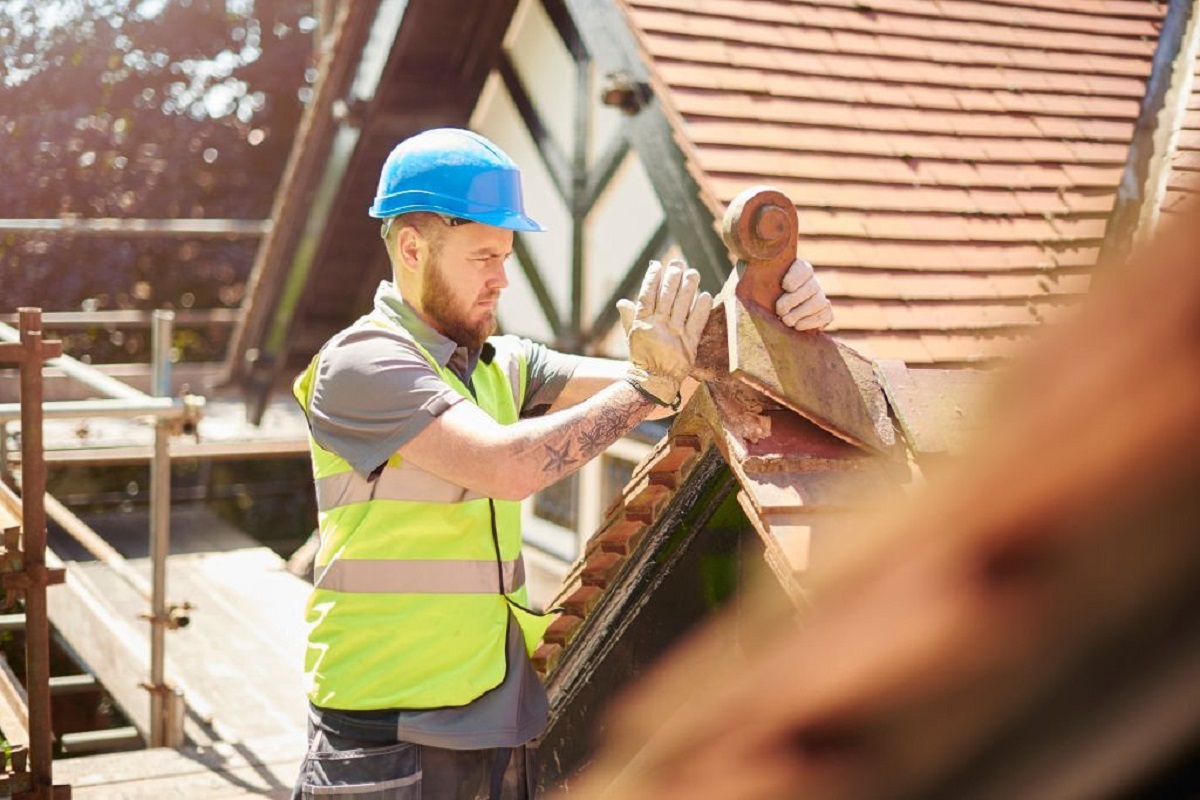How is modern technology revolutionizing the traditional roofing industry? What is the scope of technology in terms of improving roofing processes, quality and safety? These are the intriguing questions we will explore in this insightful post. With the advent of advanced machinery, digitally enhanced design systems, and innovative construction materials, the roofing industry is witnessing a significant transformation. Let's delve deeper into this dynamic change in the way roofs are built today.
The roofing sector, much like other construction-related industries, has been somewhat slow to embrace technology. Manual intervention, highly physical labor, and traditional materials were once inseparable components of roofing jobs. However, with the ongoing digital revolution and the demands of contemporary architecture, roofing professionals have begun to realize and leverage the benefits of today's technology.

In a world where sustainability, efficiency, and cost-effectiveness are paramount, it is essential to make the best use of resources available. This quest for optimization has necessitated the necessity for technological adoption across sectors, including roofing. As we move forward, we'll explore how exactly technology is changing the game with roofing solutions.
The Impact of Design Technology on Roofing
Design technology, particularly Computer-Aided Design (CAD) systems, has drastically altered the way roofs are visualized, planned, and constructed. These digital solutions not only enhance the accuracy of designs but also speed up the process by eliminating manual drafting.
Traditionally, roof designs were hand-drawn on paper, which was time-consuming and prone to inaccuracies. Today, CAD technology enables designers to create precise digital drawings, make adjustments effortlessly, and even simulate different environmental conditions to validate designs.
Another benefit of this technology is the ease of collaboration. Architects, designers, and construction teams can work together seamlessly, with real-time changes visible to all. This interoperability reduces misunderstandings, saves time, and inevitably cuts down project costs.
The Advent of Drones in Roofing
The emergence of drones in the roofing industry has redrafted the rules of the game in many ways. Traditionally, roof inspections involved manual and risky climbing, which also constrained the ability to detect faults accurately. However, drones have revolutionized this whole process.
Drones equipped with sophisticated cameras and sensors can fly over a roof and provide detailed visual assessments without the need for physical access. They can capture high-resolution images or videos, making it easier to identify problem areas like cracks, leaks, or structural weaknesses.
Drone technology not only improves accuracy and efficiency but also enhances safety. By eliminating the need for workers to physically navigate unsafe roofing areas, they significantly reduce workplace accidents in the industry.
Smart Roofing Materials
Alongside design and inspection, the material component of roofing has witnessed sweeping changes with the integration of technology. The modern homeowner demands roofs that are aesthetically pleasing, energy-efficient, and durable. As such, the realm of smart roofing materials has taken center stage.
Modern roofing materials, such as solar tile roofs, green roofs, thermoplastic membranes are not only environment-friendly but also cost-effective and long-lasting. They cater to our ever-growing need for sustainable practices while simultaneously amplifying aesthetics and quality.

The Pros and Cons of Technological Advancements in Roofing
Like any other technological integration, the implementation in the roofing industry also comes with its own set of advantages and disadvantages. On the one hand, technology improves efficiency, safety, and results in high-quality outputs. On the other hand, it introduces new complexities like the need for skill upgrades, initial investment costs, and potential privacy concerns, particularly with drone usage.
Navigating the Way Forward
While the roofing industry's encounter with technology is in its relatively early stages, the future is clearly digital. The key lies in navigating these changes in a balanced, responsible way. Adopting new technology should never be at the cost of worker autonomy, traditional skills, or privacy, and it won't always provide a one-size-fits-all solution.
Crunching it all Down
As we conclude, it’s evident that technology is gradually seeping into the roofing industry, reshaping traditional processes and adding progressively unprecedented efficiency, effectiveness, and safety. The integration of design technology, drones, and smart materials revolutionizes how the roofs over our heads are designed, manufactured, and inspected. However, alongside these advancements, it’s equally important to tread with caution, addressing the complexities and challenges that arise with the growth of technology in the industry. Going forward, it will be exciting to see how further technological innovations continue to mold the roofing industry. With careful navigation, the digital age can surely keep the roofing job on the high roof.
0 comments:
Post a Comment